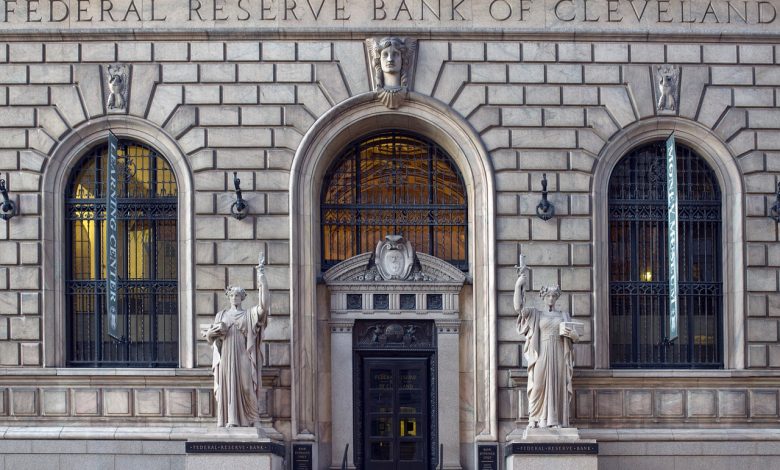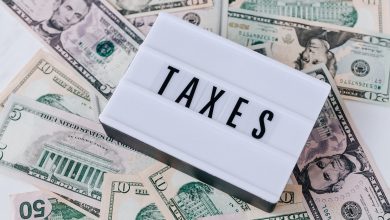Open Market Operations: What are they and how do they affect markets?

What are Open Market Operations?
Sounding suspiciously like exactly what they are, fed open market operations are purchases or sales by the Federal Reserve on the open market. What may not be as clear, however, is why – what does the Federal Reserve seek to accomplish by doing so, and who makes the decisions regarding open market operations? More importantly, how do open market operations affect markets and why do they matter?
Interest Rate Influence
Banks, individuals, pension funds, and other financial institutions often hold or are sometimes (in the case of banks) even required to hold government securities. When the Fed performs open market operations, they buy or sell these securities to whomever is willing to acquire or part with them at whatever price they believe will accomplish the transactions. Why would they do this? It’s how the Fed controls the price of money in the market via supply and demand. When the Fed buys securities, the buyer receives cash in return versus holding an illiquid asset. Due to the influx of cash, this entity – for example, a bank – now has more money sloshing around to lend out to consumers. As more and more banks who sold their securities seek to loan out their newfound cash, competition for customers will increase, causing the interest rates charged for those loans to come down. Likewise, if the Federal Reserve offers a great price for their securities and sells more of them into the market, the Federal Reserve then gets the cash and the amount of paper in the open market decreases. With a restricted amount of cash, demand will make the interest rates on the limited amount of cash available go up. Thus, this is how the Federal Reserve influences interest rates. Providing an influx of cash through purchases is known as expansionary monetary policy, while decreasing the supply through sales is known as contractionary policy.
Permanent vs. Temporary Operations
The Federal Reserve performs open market operations through two types: permanent or temporary. Permanent operations increase or decrease the size of the Federal Reserve’s balance sheet in their System Open Market Account (SOMA). This is basically the Fed’s investment portfolio. After the financial crisis, the Fed implemented unprecedented large-scale permanent asset purchases through this system in an effort to flood the market with cash and spur the economy. If you heard about “QE,” or quantitative easing, this was it. From December 2008 to June 2011, the government bought over two trillion in securities, and in 2012 began the regular purchasing of assets to the tune of around forty billion per month all the way up until October 2014. Permanent open market purchases or sales stay on the Fed’s books indefinitely. Intended to sway interest rates, they are often also used as a tool to influence the broader economy as a whole.
Temporary open market operations, on the other hand, are intended to address market events or needs that are perceived to be transitory in nature. The goal is still to influence interest rates, but this time more specifically to affect the overnight rates that banks charge to one another. By law, banks are required to hold a certain amount of cash in reserve. If they’ve lent out or purchased too much throughout the day and come up short at closing time, they may borrow cash from another bank to satisfy the government’s overnight reserve requirements. If cash in the market is tight, however, another bank will charge a higher rate to loan funds for the evening. Again, like with consumers, the opposite is also true – if there is an excess of cash, overnight funding will be easy to find. The rate banks charge each other is called the federal funds rate, and the Fed’s temporary operations (sometimes called repo operations) aim to influence this interbank rate. Besides the fact that the federal funds rate directly impacts regular interest rates, it is also in the best interests of the Fed to keep it stable to prevent a credit crunch. Also known as a liquidity crisis, banks in a credit crunch can’t find enough affordable funding to fulfill their reserve requirements and endanger the banking system by not having enough cash to back up their customer’s funds.
The FOMC
So who decides what interest rates should be and how do they go about it? Enter the Federal Open Market Committee. Colloquially known as the FOMC, they are the puppetmaster of open market operations. Made up of the seven members of the Federal Reserve’s Board of Governors and five Federal Reserve bank presidents, the committee meets about every six weeks to discuss current economic conditions and debate the direction of future monetary policy. Since interest rates affect financial markets so heavily, their after-meeting press releases as well as the minutes of their meetings are pored over by market participants with a fine-toothed comb, and often cause dramatic market reactions on a hair-trigger. Volatility is generally high on FOMC announcement days, and analyzing the open market committee’s every move to determine what they might do next is somewhat of a market sport. Though the FOMC’s role might be more subsumed to some outside financial markets, famous committee chairs such as Paul Volcker and Alan Greenspan have solidified a definitive place in mainstream economic history as movers and shakers of the American economy.
Current Conditions
Recently open market operations have raised a lot of questions. Besides the unprecedented monetary experiment of quantitative easing after ‘08, the Fed at the end of September also suddenly increased its overnight operations, citing a short-term credit crunch. The first two overnight purchases provided about forty billion and seventy billion to the system, and have continued regularly since – the total on November 27th standing at $108.95 billion injected into overnight markets. While these essentially cash loans are only extended for a number of hours and repurchased the next morning, the effort to shore up liquidity in the banking system has led some to question why. Additionally, the Federal Reserve expects to continue this pace of overnight buying into the middle of next year, as well as has restarted its permanent bond-buying back at twenty billion per month as of the end of October. The moves have stabilized credit markets, though some suspect them as signs of a bigger issue.
Controlling overnight interest rates as well as general market rates and also assisting markets in times of crisis, the committee determining the direction of monetary policy and its actions via selling or buying securities plays an essential role in financial markets. While many of the open market operations of the past decade have been largely experimental, the FOMC’s increased market participation has also increased the impact of these operations substantially. Open market operations are a tool for implementing monetary policy, and keeping a weather eye on Federal Reserve open market operations can help investors better understand the conditions of the markets in which they’re investing.



